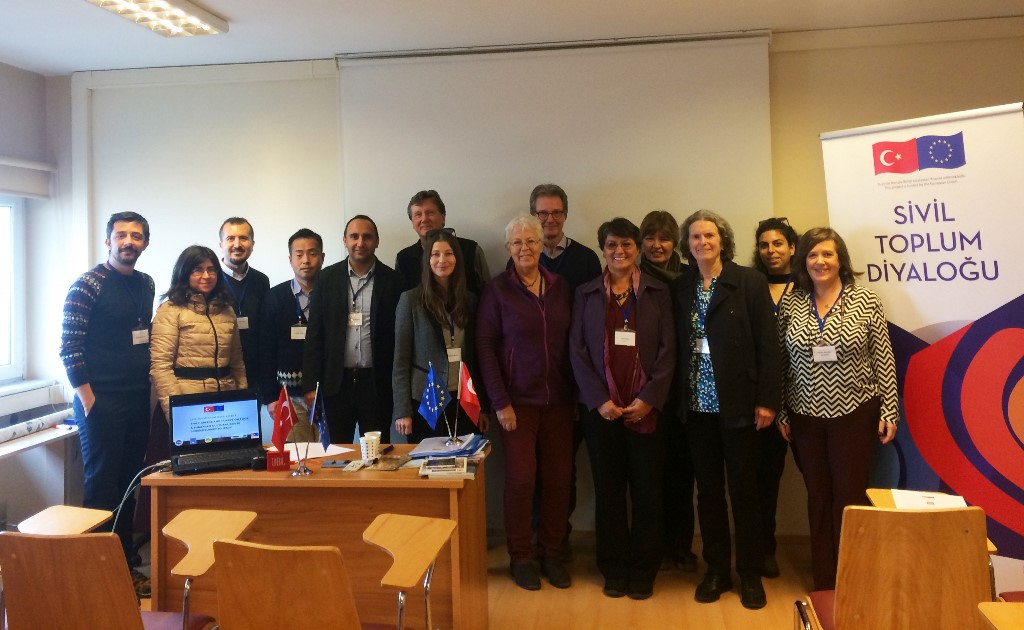
The first Scientific/Academic Committee Meeting of the Via Eurasia cultural route took place on December 20th 2019 at the Applied Tourism Administration and Research Center (ATARC) of Boğaziçi University in Istanbul. Although this was the first time all the potential committee members met, the head of the management committee and the Turkish Project coordinator had been in constant touch with most of them as some of these people were consulted while studying the route and preparing the scientific report of the application dossier.
The initial aim of the meeting was to introduce all the existing and possible committee members and their works to each other. Therefore all the participants were asked to prepare short presentations on the subjects and eras that they had expertise in. It was a mixed group of academics, most of whom specialised in the historic aspects of the route while some focused on the tourism and sustainability aspects of it. The meeting started with a short introduction by the Turkish Project coordinator Hüseyin Eryurt who gave background information of the action and its stakeholders. Elena Dubinina, head of the management committee, then explained the procedure to obtain and sustain certification by the Council of Europe as a certified European cultural route. In order for the new committee members to better understand the route a short movie explaning the theme of the Via Eurasia was shown to the audience. The movie introduced the route’s different historic layers, which were all examined with examples in the next hours of the meeting. Before going into analysis of old roads, Duygu Öztürk from ATARC of the Boğaziçi University made a brief introduction to the role of cultural routes in sustainable development and tourism. Main highlights of Öztürk’s presentation included involvement and engagement of local communities, quality of life approach for sustainable development in tourism destinations and tourism impacts of destinations.
The next three hours of the meeting shed light on techniques and uses of old roads from different eras. The first example was an analysis of a quite important archaeological finding named Stadiasmus Patarensis, which is a monument listing road networks between Lycian cities. Hüseyin Uzunoğlu from Akdeniz University introduced the long running study of his and his colleagues on this monument. The Via Eurasia cultural route combines several existing individual itineraries.The Lycian Way, which follows some of the old roads listed on the Stadiasmus Patarensis, is connected to its adjacent route: the St Paul Trail. Therefore, the next speaker of the meeting was Mark Wilson from Asia Minor Research Center, who followed on by talking about St Paul’s journey within Turkey. Following a short coffee break, the meeting went on with presentations focusing on the medieval roads of the Via Eurasia. Initially, Koray Durak from Boğaziçi University’s Department of History touched upon different names and techniques of Roman/Byzantine roads as well as various forms of exchange between different regions. Caroline Finkel from the Evliya Çelebi Way, Max Smits from the Sultans’ Trail and Eirini Yalçın from the Mysia Ways followed the chronological order and gave brief introduction to the Ottoman Roads and their attributes. The last speaker before the lunch break was Prof. Dr. Ayşe Çalık Ross from Kocaeli University’s Archaeology Department and she made a comprehensive presentation on the continuation of Via Egnatia in Bithnya – the Via Egnatia forms the Balkans sections of Via Eurasia.
The scientific committee meeting continued after a short lunch break with the next speaker Eisuke Tanaka whose talk was on the use of heritage and its limit in the context of trekking tourism. He concentrated on the problems of conservation of cultural heritage along the Lycian Way. Finally, Kate Clow, who is the chairperson of the Culture Routes Society and creator of numerous sustainable tourism products including the Lycian Way, St Paul Trail and the Kaçkar Trails, after talking over the Via Eurasia’s theme and its components, led a discussion session. The following issues were shared and discussed with the committee members during this last session:
- Duties and responsibilities of the committee members according to the Coucil of Europe requirements were shared with the participants who were asked to review and sign the membership forms;
- Members were asked to write short summary of their presentations for the application dossier;
- Existing application dossier material was circulated and members were asked to review relevant parts of it;
- Possible types of academic committee membership was discussed. It was concluded that there may be individual and institutional memberships and the latter would be through memorandum of understanding;
- Detailed planning of how each individual and institutional member of the committee can work together was discussed;
- Another scientific committee meeting, which is likely to result with publication of articles, will be held under the Civil Society Dialogue VI programme;
- A short list of collaboration proposals for the closing conference (6-7 February 2020);
- Conservation issues and obstacles related to that were raised by Prof. Dr. Ayşe Çalık Ross and possible solutions were discussed by committee members;
- Integrating route related activities into UNESCO World Heritage sites along the Via Eurasia for the sake of local communities was also discussed;
- Developing relations and exchanging youth camps via the friendship trails program of the the World Trails Network, where Culture Routes Society chairs the culture committee;
- Having the next meeting during the final conference in the first week of February 2020.
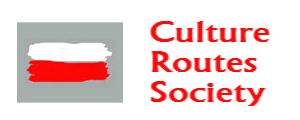
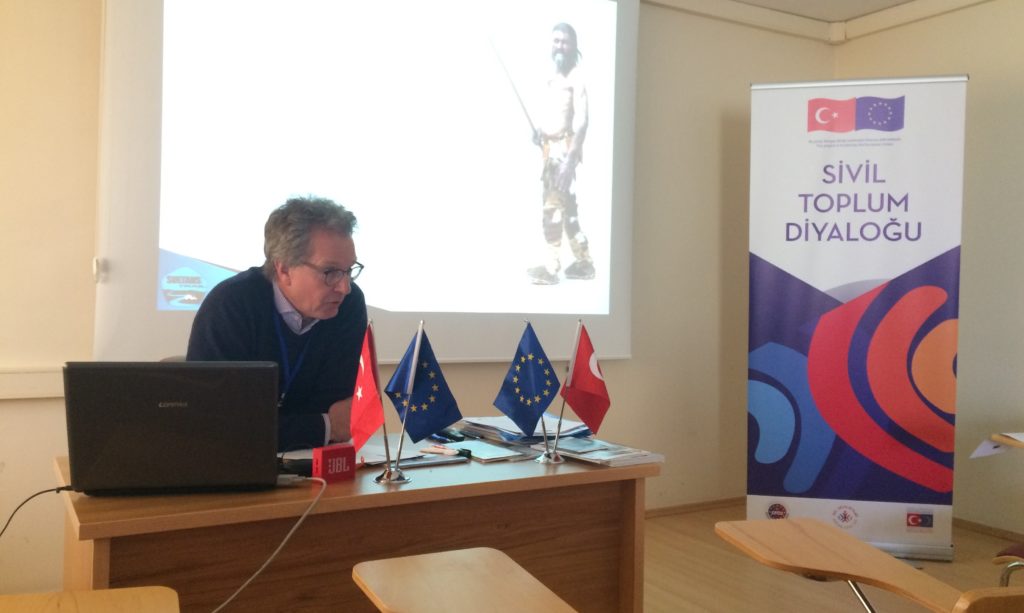
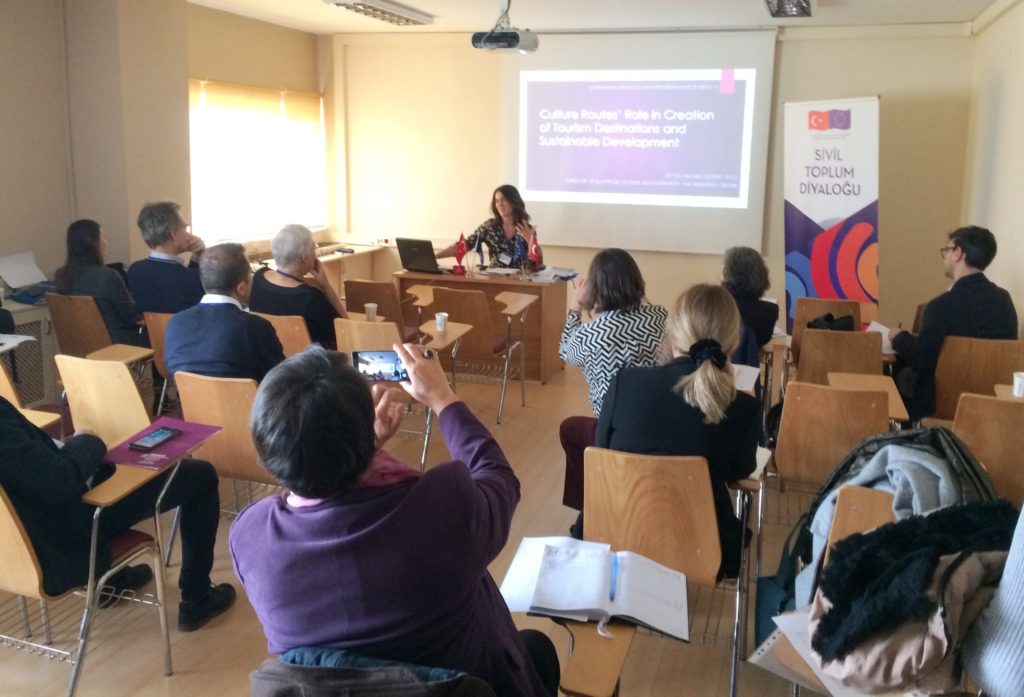

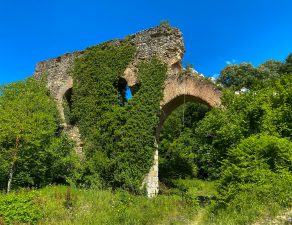
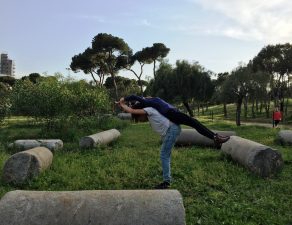

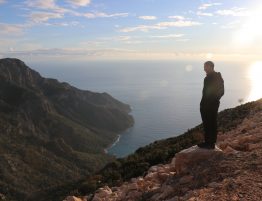


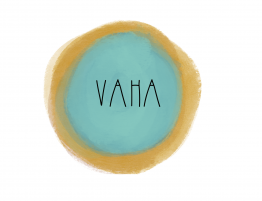
1 Comment
mushroom dispensary in tampa
April 15, 2024
96777 446919We guarantee authentic brands avoiding inferior commercial imitations, or even dangerous counterfeits. 26311
Write a comment: